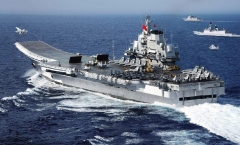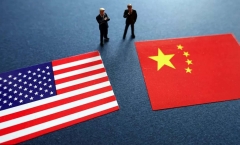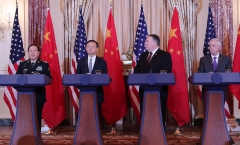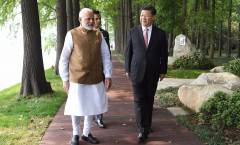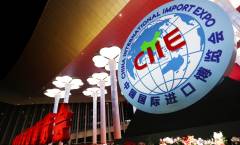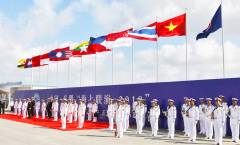Steady Progress of China’s Blue Ocean Naval Dream
On November 26, Xinhua News Agency published an official report on the development of China’s third aircraft carrier. Aircraft carriers are one of the most powerful weapons in today’s modern navy. They are not only a take-off and landing platform for aircraft, but also a fleet data collection and command and control center. For any country, the aircraft carrier is a symbol of its comprehensive national strength. China’s first aircraft carrier Liaoning has been officially commissioned and sea trials of the second carrier have been successfully launched. Now the third aircraft carrier has come into the spotlight, drawing the world’s attention. An aircraft carrier is the dream of soldiers across generations On November 11, 1940, the carrier-based air force of the British Navy’s Mediterranean Fleet attacked the Italian naval base Taranto. Since this major victory, mankind has witnessed Pacific War, Attack on Pearl Harbor, Battle of Midway, Falkland Islands War (Malvinas War), Gulf War, Iraq War, Libya War, Afghanistan War and Syria War, where aircraft carriers have played a significant role. During the 1996 general elections in Taiwan, the US aircraft carrier strike groups swaggered through the Taiwan Strait in support of those who advocated independence of Taiwan. The Chinese navy, at that time, was unable to resist US intervention and defend its national sovereignty due to lack of long-range […]
